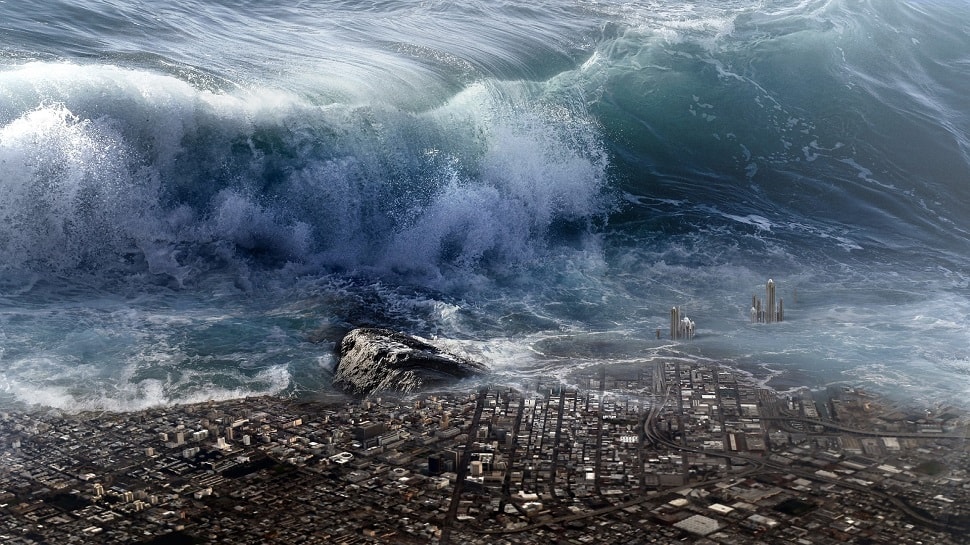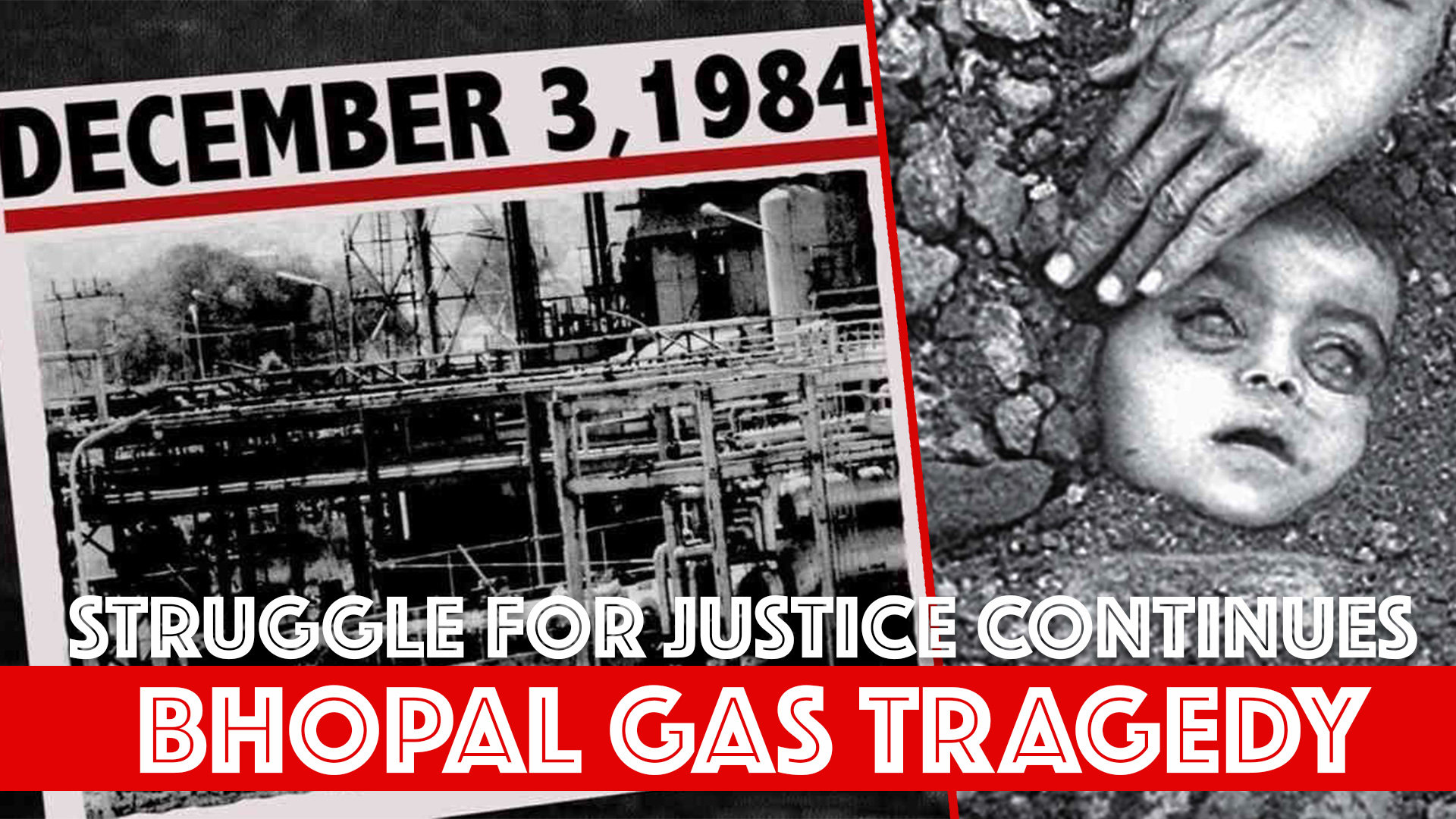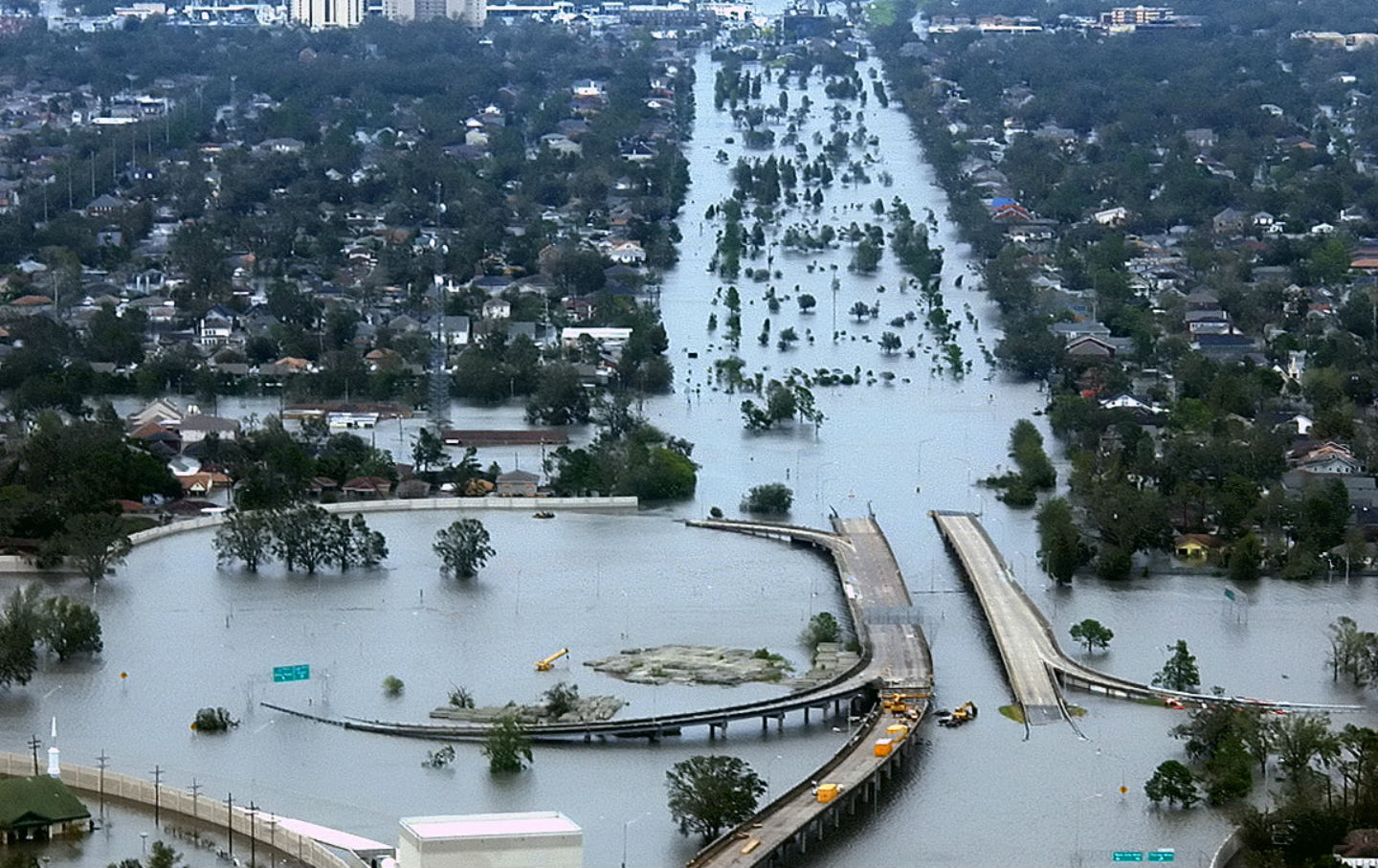A World in Peril: Disasters Natural and Man-Made
Disasters, both natural and man-made, have plagued humanity since the beginning of time. From earthquakes that reshape landscapes to wars that tear societies apart, these events leave a trail of destruction, displacement, and loss. While some disasters are truly unavoidable forces of nature, others hold the fingerprints of human error or inaction. Here, we delve into the complex world of disasters, exploring their causes, impacts, and the potential for prevention.
Natural Fury: When the Earth Roars
Natural disasters encompass a wide range of geophysical and meteorological phenomena. Earthquakes, volcanic eruptions, tsunamis, floods, droughts, wildfires, and hurricanes all fall under this category. These events are often unpredictable, striking with immense power and leaving behind a path of devastation.
Earthquakes, for instance, can trigger tsunamis, giant waves that surge inland with incredible force, as witnessed in the horrific 2011 Tohoku earthquake and tsunami in Japan. Floods, caused by excessive rainfall or overflowing rivers, can displace millions and wreak havoc on infrastructure. Droughts, on the other hand, create a slow-burning crisis, leading to food shortages and mass migration. The Human Factor: When We Falter
The Human Factor: When We Falter
While natural disasters are potent forces, human actions can significantly exacerbate their impact. Deforestation weakens the soil's ability to retain water, increasing the risk of floods and landslides. Unsustainable agricultural practices can lead to desertification, worsening droughts. Rapid urbanization in floodplains or earthquake-prone zones exposes more people to danger. These factors highlight the crucial role of human choices in disaster risk reduction.
Prevention: A Stitch in Time Saves Nine
The good news is that many disasters are not entirely preventable, but their impact can be significantly mitigated. Early warning systems for earthquakes, tsunamis, and hurricanes allow for evacuation and preparedness measures, saving countless lives. Building codes that factor in earthquake resistance and flood risks can minimize structural damage. Investing in sustainable land management practices and promoting water security can help communities weather droughts.
Here are some examples of disasters where proactive measures could have lessened the devastation:
- The 2004 Indian Ocean Tsunami: While the earthquake that triggered the tsunami was unavoidable, a lack of a robust early warning system in the region resulted in a much higher death toll. Implementing such a system could have saved thousands of lives.

- The 1984 Bhopal Gas Tragedy: This industrial disaster, the worst in history, involved the leak of a toxic gas from a Union Carbide pesticide plant in India. The lack of safety protocols and emergency preparedness led to widespread casualties. Stricter regulations and better disaster planning could have prevented this catastrophe.

- Hurricane Katrina (2005): The levees protecting New Orleans failed during this hurricane, leading to catastrophic flooding. These levees had known weaknesses, but repairs were neglected. Investing in proper infrastructure maintenance could have lessened the impact of the storm.
 Technological Advancements: A Glimmer of Hope
Technological Advancements: A Glimmer of Hope
Technology is playing an increasingly crucial role in disaster preparedness and response. Satellite imagery allows for real-time monitoring of floodplains and wildfires. Drones can be used to deliver aid to remote areas affected by disasters. Advanced weather prediction models help authorities issue timely warnings. Investing in these technologies and integrating them into disaster management plans can significantly improve response efforts and save lives. Additionally, social media platforms can be powerful tools for disseminating information and coordinating relief efforts during disasters.
Investing in these technologies and integrating them into disaster management plans can significantly improve response efforts and save lives. Additionally, social media platforms can be powerful tools for disseminating information and coordinating relief efforts during disasters.
The Road Ahead: Building Resilience
Disasters are a stark reminder of the vulnerability of human societies. However, they are not inevitable. By investing in prevention, mitigation, and preparedness measures, we can build more resilient communities that can withstand the blows of natural and man-made disasters. This requires a collective effort from governments, NGOs, scientists, and ordinary citizens. We must prioritize disaster risk reduction, promote sustainable practices, and invest in early warning systems and infrastructure that can withstand these events.
Living in harmony with nature and taking responsibility for our actions are key to mitigating the impact of disasters. By learning from past mistakes and taking proactive measures, we can create a safer and more resilient future for generations to come.






























![[LIVE] Engage2Earn: Shayne is helping koalas!](https://cdn.bulbapp.io/frontend/images/08e2e573-f490-4ef4-93b6-f2285814da59/1)























![[ℕ𝕖𝕧𝕖𝕣] 𝕊𝕖𝕝𝕝 𝕐𝕠𝕦𝕣 𝔹𝕚𝕥𝕔𝕠𝕚𝕟 - And Now What.... Pray To The God Of Hopium?](https://cdn.bulbapp.io/frontend/images/79e7827b-c644-4853-b048-a9601a8a8da7/1)


